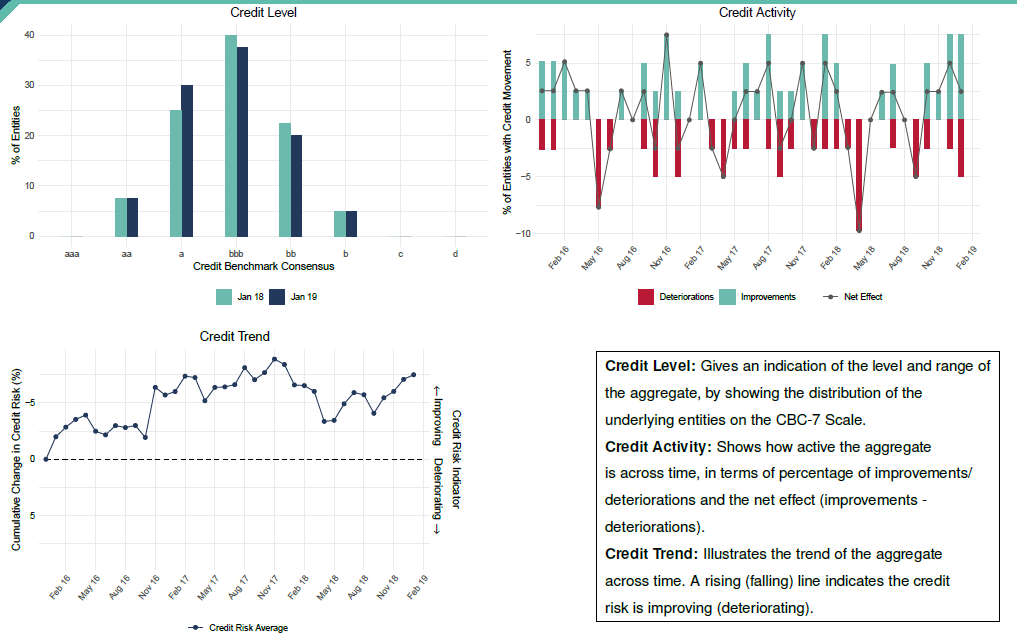
According to the March J.D. Power and LMC Automotive Forecast, U.S. auto sales are off to the slowest Q1 start since 2013.
The forecast cites weather, mixed economic data and lower tax refunds as factors causing the falling sales. Further, auto companies face mounting pressure from the Trump administration to manufacture in America.
While sales are down in terms of volumes, demand for higher-priced vehicles remains strong, with the average price of a new vehicle ‘‘on pace to reach $33,319 in Q1—the highest ever for the first quarter.’’
With the pivot toward hybrid and electric vehicles underway and expectation that the U.S. Federal Reserve will keep rates stable in 2019, a surge in demand is possible if consumers have deferred purchases.
The industry hopes to see recovery in sales volumes in the coming months, and this hopefulness is reflected in the Global Car Manufacturers aggregate credit data from Credit Benchmark below.

Credit Benchmark’s credit risk data, sourced from 30+ of the world’s leading financial institutions, shows that global auto manufacturer credit continues to improve modestly.
Chart 1 (Credit Level) highlights the Credit Benchmark consensus designation for Global Auto Manufactures year-to-year. Most borrowers are in the bbb categories, with the number of entities rated bbb increasing by 5% from Jan 18 – Jan 19.
Chart 2 (Credit Activity) shows that upgrades outnumber downgrades in 21 of the previous 38 months. This positive trend was particularly noticeable in the past year, with 7 out of 12 months showing a net upgrade.
Chart 3 (Credit Trend) shows that after waves of upgrades in some months followed by waves of downgrades in others, the credit risk average of Global Auto Manufacturers began to indicate a modest improvement from November 2018, which is continuing.